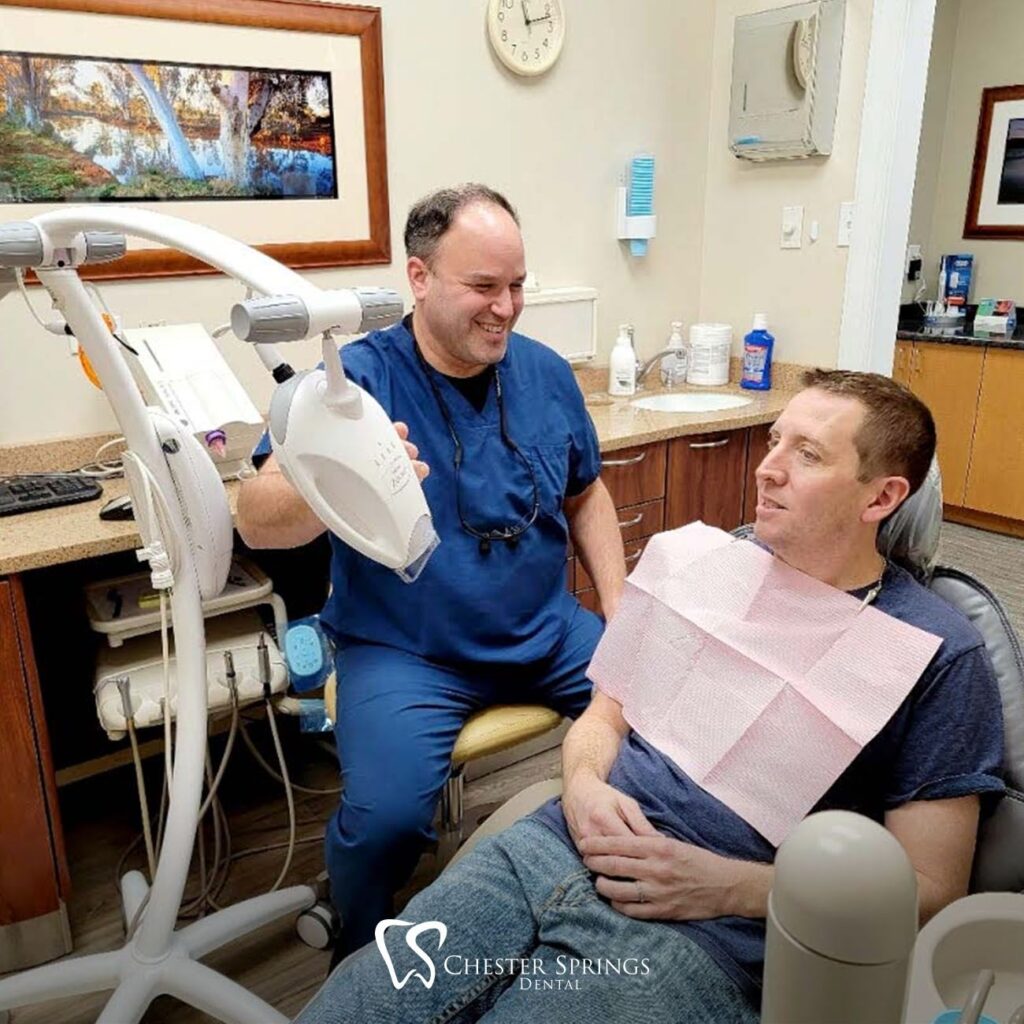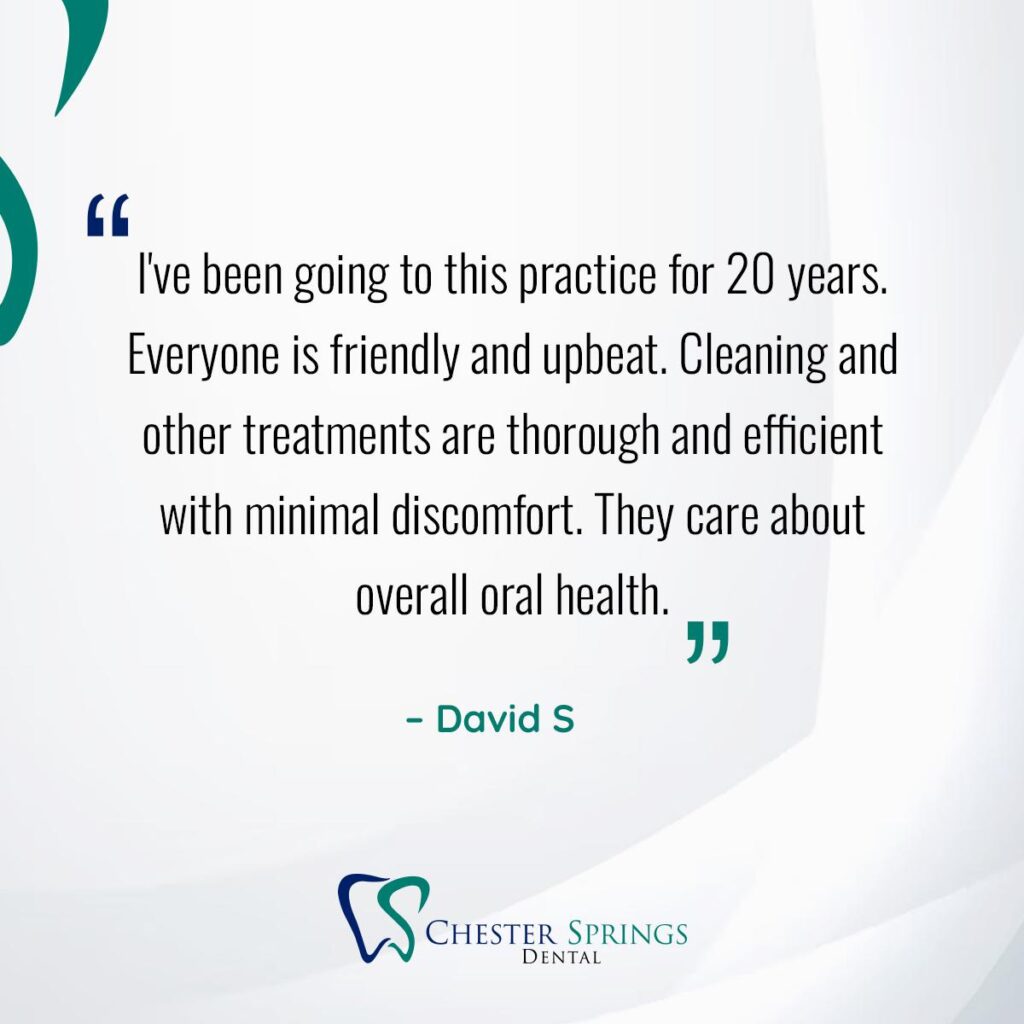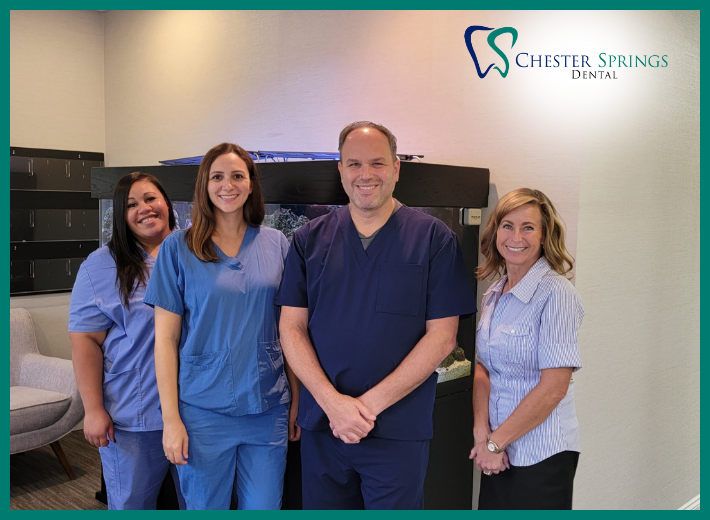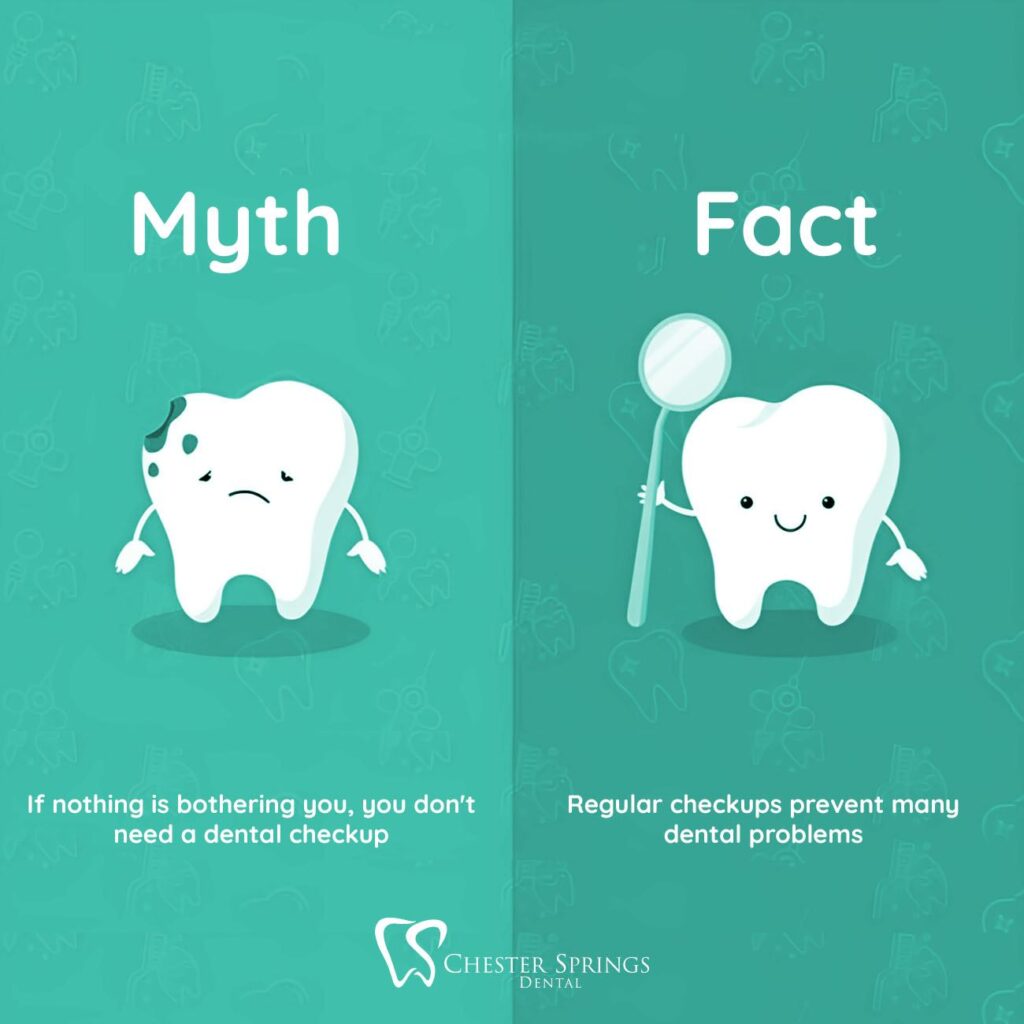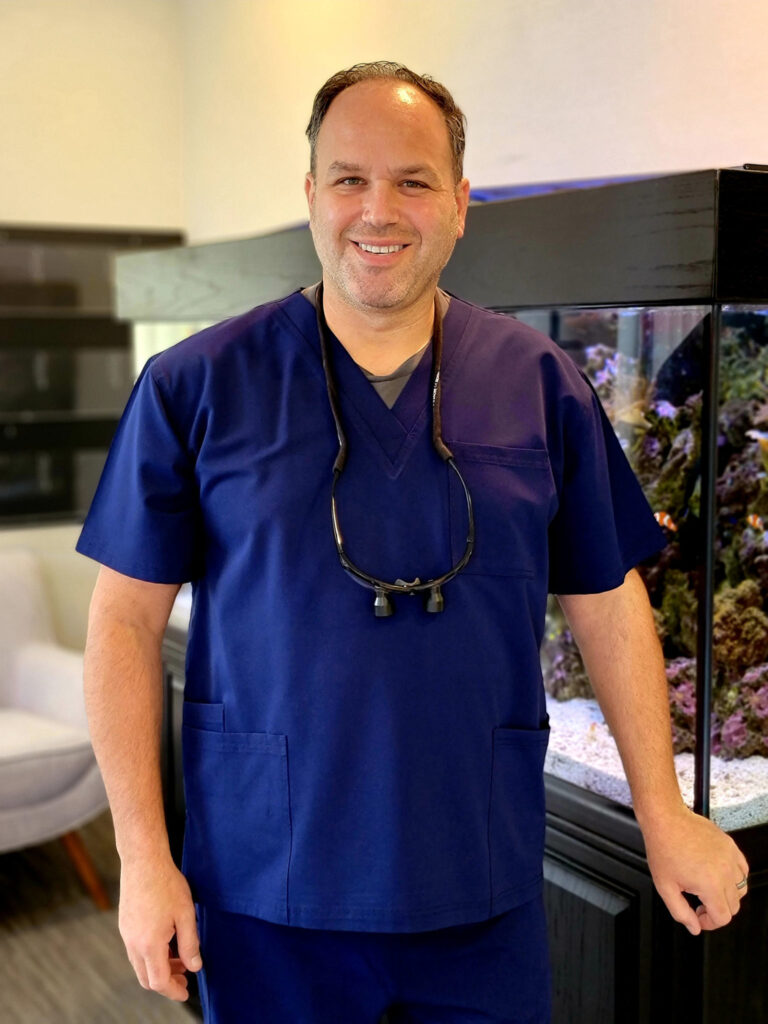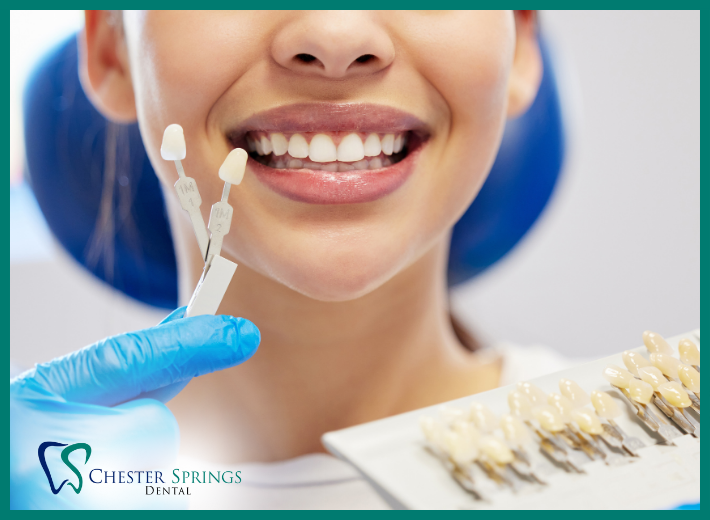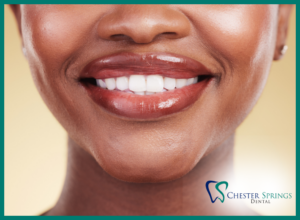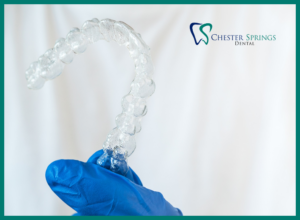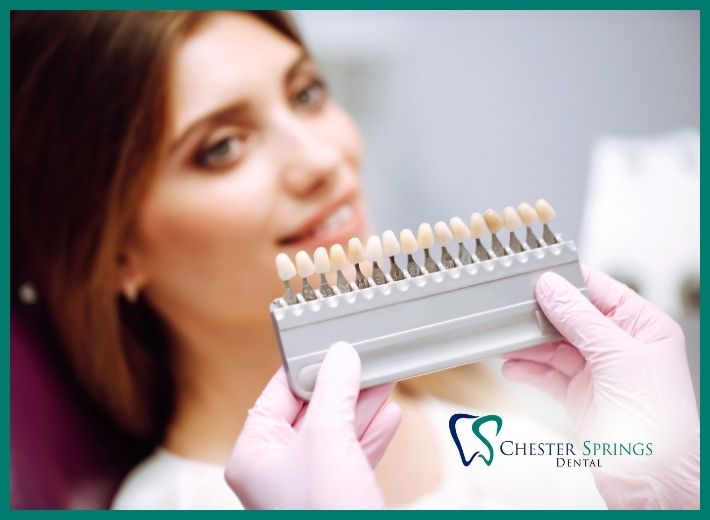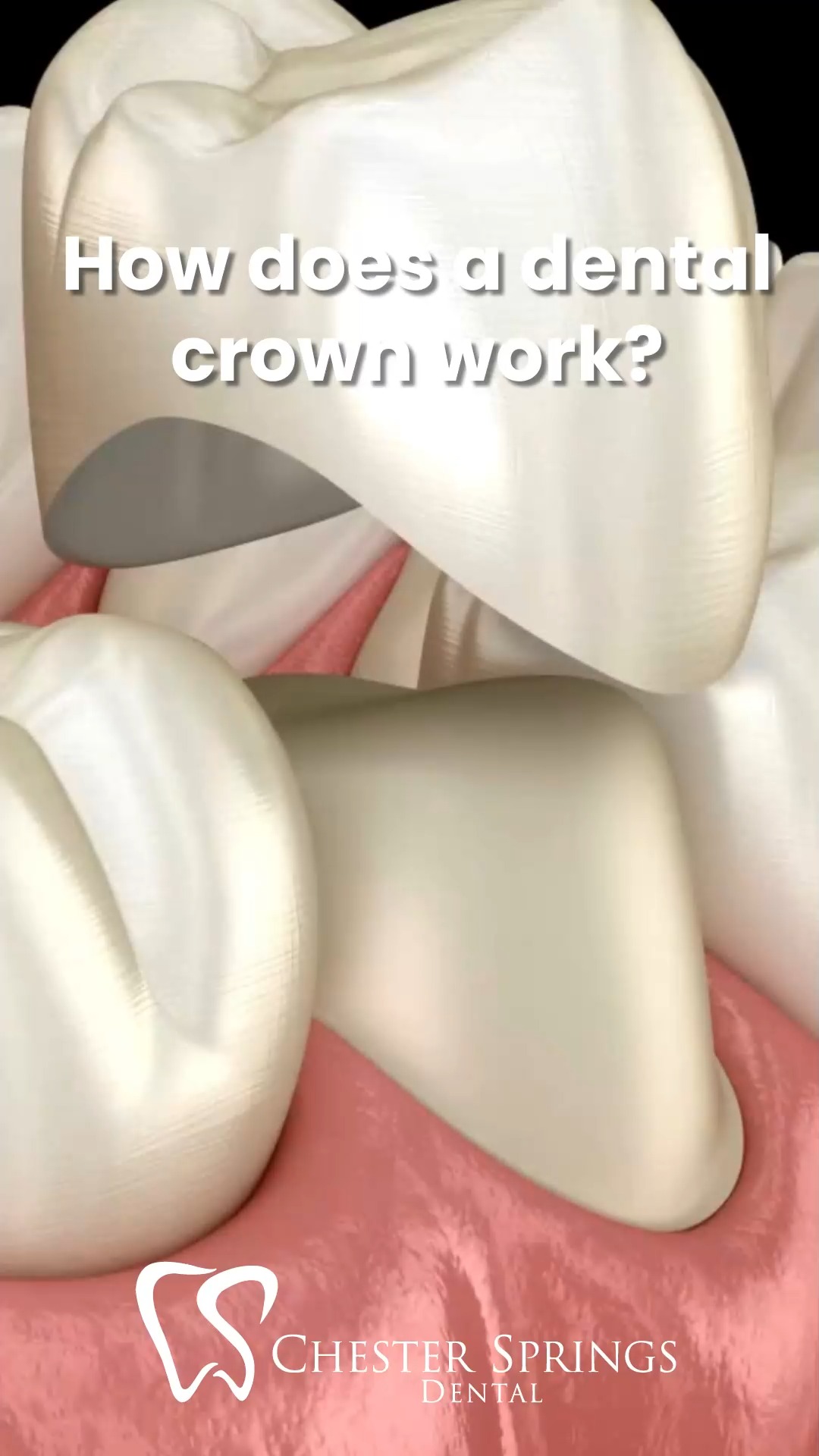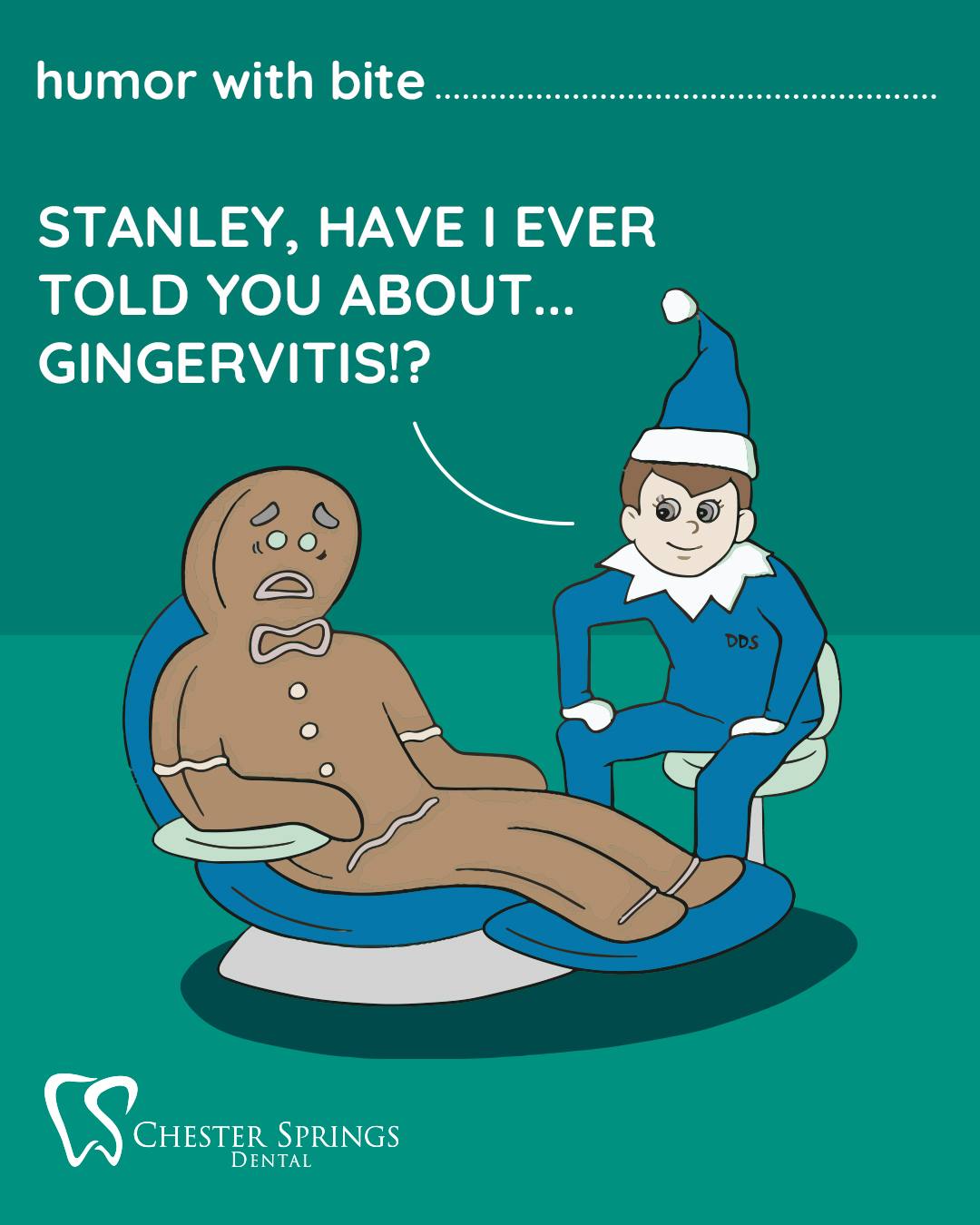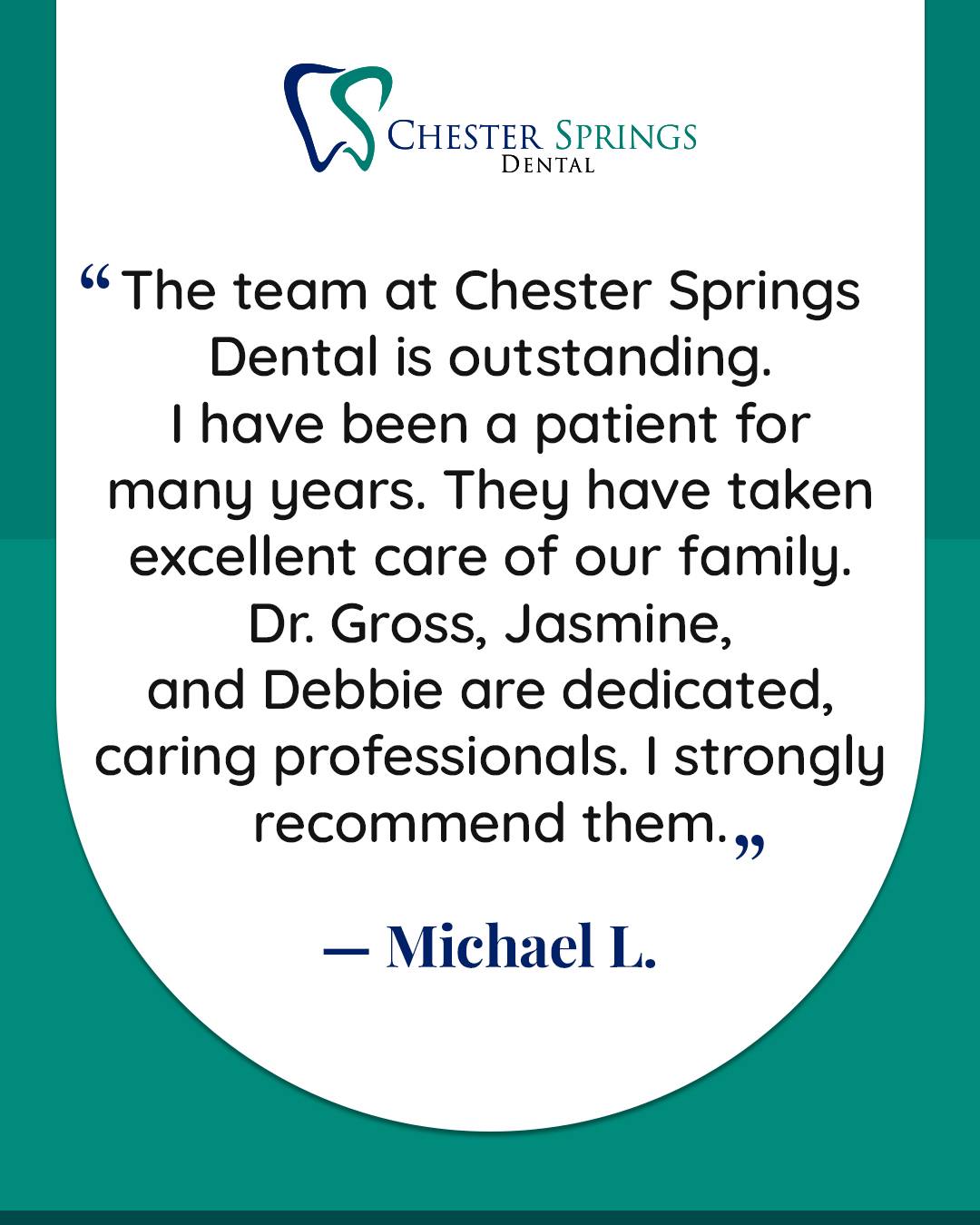The holiday season is a time for joy, celebration, and, unfortunately, potential harm to your oral health. It’s easy to neglect your dental routine with all the sugary treats and festive drinks. To maintain a healthy smile throughout the holiday season, it’s essential to prioritize oral hygiene practices. Here are some tips for protecting your teeth and gums from decay and gum disease.
What is oral hygiene?
Oral hygiene is the practice of keeping your mouth clean and disease-free. It involves brushing and flossing your teeth as well as visiting your dentist regularly for dental X-rays, exams and cleanings.
Why is oral hygiene important?
Oral hygiene is preventative care. This means you can stop oral health problems — such as cavities, gum disease, bad breath (halitosis) and other issues — before they start by taking good care of your teeth and gums.
Oral health is also linked to whole-body health. For example, if an infection is present in your mouth, your bloodstream can carry the bacteria to other areas of your body, leading to other health concerns like heart disease and stroke. Keeping your teeth and gums healthy is an important part of long-lasting overall health.
What conditions are linked to oral health?
Research shows that gingivitis and periodontitis can contribute to certain health conditions, including:
- Cardiovascular disease.
- Stroke.
- Endocarditis (infection of your heart’s inner lining).
- Pneumonia.
- Pregnancy complications, such as premature birth and low birth weight.
Conversely, there are certain health conditions that can have a negative impact on your teeth and gums, including:
- Diabetes.
- Osteoporosis.
- HIV/AIDS.
- Alzheimer’s disease.
If you or a loved one has any of the conditions listed above, ask your dentist how to promote and support overall health through proper oral hygiene.
Meet Dr. Richard Gross at Chester Springs Dental. At our family practice, we live by the mantra: “Attached to every tooth is a person.” Since 1985, our patient-first philosophy has guided us to provide exceptional care tailored to your needs and preferences.
From your first visit to your final treatment decision, we ensure that every step prioritizes your comfort and choices.
Call us at 610-524-9530 to book your appointment today!
What are the signs of poor oral hygiene?
There are several warning signs that could indicate oral health problems. The most common signs of poor oral hygiene include:
- Bleeding gums.
- Tooth decay.
- Chronic bad breath.
- Loose teeth.
- Gum recession.
- Mouth sores that don’t go away.
- Toothache.
- Swelling of the jaw.
- Gingivostomatitis, an infection of the mouth caused by certain bacteria or viruses.
Procedure Details
How can I improve my oral hygiene?
Excellent oral hygiene protects your teeth and gums and keeps your smile beautiful. Here are some general oral hygiene instructions to keep your smile healthy:
- Brush your teeth at least twice a day. Use fluoride toothpaste and a soft-bristled toothbrush. (Medium or hard bristles can damage your gums and tooth enamel.) When you brush, place your toothbrush at a 45-degree angle toward your gums. This helps sweep away plaque and bacteria at the gum line. Be sure to brush all teeth surfaces, including the backs and sides.
- Floss once daily. You can’t reach the spaces between your teeth with brushing alone. To clean these areas, you need dental floss. Take a piece of floss that’s about 18 inches long. Wrap each end around your middle fingers. Using your thumbs and forefingers, guide the floss between two teeth. Wrap the floss snugly around one tooth in a C shape and clean it using about 10 up and down strokes. Next, wrap the floss around the other tooth and repeat. Continue this process on all of your teeth. If you have dexterity issues, you can also use interproximal brushes and dental picks to clean between your teeth.
- flossers: While water flossers are excellent for removing large pieces of food and debris, they can’t remove the biofilm from your teeth surfaces. So, if you use a water flosser, be sure to use traditional dental floss as well.)
- Brush your tongue. Your tongue holds bacteria like a sponge. Whenever you brush your teeth, don’t forget to brush your tongue. You can use your toothbrush for this purpose. Or, you can purchase a tongue scraper in the oral health aisle.
- Use an antibacterial mouthwash every day. Antibacterial mouthwash helps keep harmful oral bacteria at bay. In addition to washing away food and debris, it also reduces plaque buildup. Be sure to choose an alcohol-free formula to prevent dry mouth.
- Visit your dentist regularly. Routine dental exams and cleanings are essential for good oral health. Many people do well with six-month visits. But, if you’re prone to cavities, gum disease or other oral health problems, you may need more frequent appointments.
- Avoid smoking and other tobacco products. Smoking is a leading cause of gum disease and oral cancer. It’s best to avoid these products altogether. If you currently smoke and would like to quit, ask your healthcare provider about treatment options that can help.
Remember, the best oral hygiene routine is one that you can practice consistently. Talk to your dentist about a personalized oral health regimen to meet your needs.
Which oral hygiene products should I use?
When shopping for oral health products, the best rule of thumb is to look for the ADA Seal of Acceptance. This seal, awarded by the American Dental Association, means that the product has been rigorously tested and approved by scientists in fields like microbiology, toxicology, pharmacology and chemistry.
Depending on your specific situation, your dentist may make personalized product recommendations. Ask your dentist which products are right for you.
Risks / Benefits
What are the advantages of good oral hygiene?
While your dentist may be able to repair teeth damaged by decay or gum disease, it’s always preferable to stop problems before they start. This is where good oral hygiene comes in. Practicing good oral hygiene offers a wide range of benefits, including:
- Healthier teeth and gums.
- A beautiful smile.
- Fresher breath.
- A reduced need for dental work such as fillings, crowns, bridges, implants or dentures.
- A lowered risk of heart disease, stroke, diabetes and other health concerns.
- A reduced risk of oral cancer.
Additionally, preventative dental care is more affordable than restorative or emergency dental care. So, good oral hygiene can save you time, worry and money in the long run.
Recovery and Outlook
How often should I see my dentist for exams and cleanings?
According to the American Dental Association, you should have exams and cleanings at regular intervals specified by your dentist. Many people need cleanings every six months to keep their teeth and gums healthy. But, if you’re prone to cavities or gum disease, your dentist may need to see you more often. For example, it’s common for people with gum disease to see their dentist every three to four months. This is because oral bacteria populates quicker in some individuals. Ask your dentist what type of cleaning schedule is right for you.
When To Call the Doctor
When should I see my healthcare provider?
If it’s been more than six months since your last dental cleaning, schedule an appointment with your dentist right away. They can examine your teeth and gums and make recommendations tailored to your needs.
If you develop warning signs like tooth pain, bleeding gums, loose teeth or chronic bad breath, schedule a dental consultation. Treatment is necessary for eliminating harmful bacteria. By treating your oral health problems, you’ll give your overall health a boost as well.
A note from Cleveland Clinic
Proper oral hygiene is the key to optimal oral health. Brushing, flossing and routine dental visits help keep your teeth and gums in tip-top condition. Regular dental visits also help your dentist detect and treat problems early, before they worsen. To learn more about proper oral hygiene or oral health products, talk to your dentist.
As the year winds down and the holiday season approaches, now is the perfect time to give your smile the care and attention it deserves. Our expert dental team can provide preventive care and address any oral health concerns. Schedule your appointment with Dr. Richard Gross dental services today at 610-524-9530 or join our Instagram community here!
Reference: [https://my.clevelandclinic.org/health/treatments/16914-oral-hygiene]


